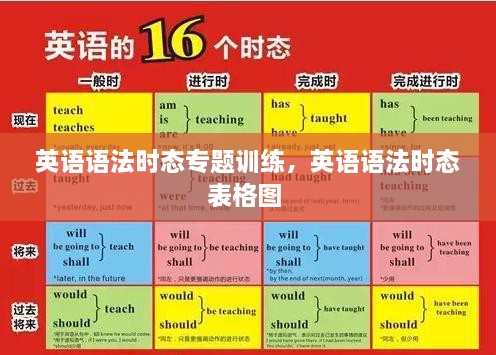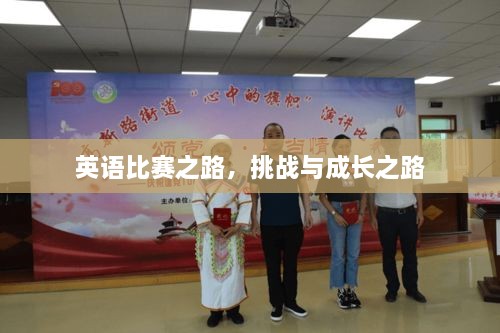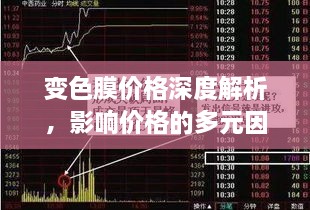引言
英语语法中的时态是表达动作或状态发生的时间的重要手段。掌握正确的时态不仅能够使英语表达更加准确,还能使交流更加流畅。本文将针对英语语法中的时态进行专题训练,帮助读者深入理解和运用各种时态。
一、现在时态
现在时态分为一般现在时、现在进行时、现在完成时和现在完成进行时四种。
1. 一般现在时
一般现在时用于描述经常发生的动作或存在的状态。例如:
She usually goes to school by bus.
He works as a teacher.
2. 现在进行时
现在进行时表示正在进行的动作或正在发生的状况。例如:
They are watching a movie.
She is reading a book.
3. 现在完成时
现在完成时表示过去发生的动作对现在有影响或结果。例如:
I have finished my homework.
He has visited many countries.
4. 现在完成进行时
现在完成进行时表示过去发生的动作一直持续到现在,并可能继续进行。例如:
She has been working on the project for two weeks.
They have been waiting for the bus.
二、过去时态
过去时态包括一般过去时、过去进行时、过去完成时和过去完成进行时。
1. 一般过去时
一般过去时表示过去某个时间点发生的动作或存在的状态。例如:
I visited my grandparents last week.
They traveled to Paris in 2018.
2. 过去进行时
过去进行时表示过去某个时间点正在进行的动作。例如:
She was cooking dinner when the phone rang.
They were watching TV when the storm started.
3. 过去完成时
过去完成时表示在过去某个时间点之前已经完成的动作。例如:
By the time he arrived, the meeting had already started.
She had finished her homework before dinner.
4. 过去完成进行时
过去完成进行时表示在过去某个时间点之前已经持续进行的动作。例如:
By the time she left, she had been working for four hours.
They had been waiting for the train for an hour.
三、将来时态
将来时态包括一般将来时、将来进行时、将来完成时和将来完成进行时。
1. 一般将来时
一般将来时表示将要发生的动作或即将存在的状态。例如:
I will go to the library tomorrow.
They are going to visit their grandparents next weekend.
2. 将来进行时
将来进行时表示在将来某个时间点正在进行的动作。例如:
She will be cooking dinner at 7 PM.
They will be watching a movie this evening.
3. 将来完成时
将来完成时表示在将来某个时间点之前已经完成的动作。例如:
I will have finished my homework by tomorrow.
They will have visited ten countries by next year.
4. 将来完成进行时
将来完成进行时表示在将来某个时间点之前已经持续进行的动作。例如:
By next week, she will have been working on the project for a month.
They will have been waiting for the train for hours.
四、时态的运用练习
以下是一些














 蜀ICP备2022005971号-1
蜀ICP备2022005971号-1
还没有评论,来说两句吧...